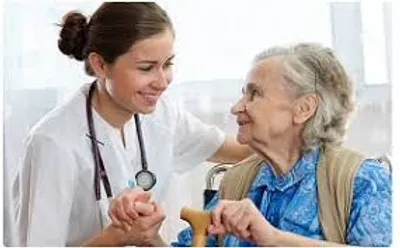H&R HEALTHCARE SCHOOL
REACH YOUR CAREER GOALS BY BECOMING AN NA OR HHA
Register Today
Get started on your future career as an NA or HHA.

Nurse Assistant Training Program (NATP) - In-Person
Our In-person classroom day sessions are 8:30am – 5pm, 4 weeks, and clinical training 7 am – 3:30 pm, M-F.
The in-person classroom Theory evening sessions are 5:00 pm – 9:00 pm, and clinicals 4:00 pm – 8:00 pm for 6 weeks, M-F.
The in-person classroom weekend sessions are 10 weeks, Sat & Sun 8:00 am – 4:30 pm.
In-person classes size are maximum 15 students. Classes fill up quickly.
Call today to reserve your seat!

Home Health Aide
Our Home Health Aide Training Program is a one-week, 40-hour program that follows the completion of the NATP.
NATP COST: TUITION $1800+$100 NON REFUNDABLE REGISTRATION
Nurse Assistant Training Program (NATP)
The Nurse Assistant Training Program (NATP) is designed to provide the student with the knowledge and skills necessary to perform basic care services for a patient (acute care setting) or resident (long-term care setting). It prepares the student to function in the role of nursing assistant under the supervision of a registered nurse (RN) or licensed practical nurse (LPN). This course is designed to meet the curriculum requirements of the California Department of Public Health (CDPH). The basic nursing assistant proficiency examination is the State-approved competency evaluation, with both written and manual skills components. The course requires the student to complete 60 hours of classroom lectures, perform 100 hours in a clinical setting, and successfully demonstrate 23 manual patient/resident care skills. Satisfactory completion of the course provides eligibility to take the CDPH-established competency written examination for State certification as a nursing assistant.

HHA COST: TUITION $700+$50 NON-REFUNDABLE REGISTRATION
Home Health Aide
The Home Health Aide program teaches students how to help the elderly, the disabled, and people in ill health to maintain their quality of life and independence at home. The focus is on safety and universal precaution. Students are taught meal planning, nutrition, feeding, and grooming patients. Students also learn how to check and report on vital signs, handle special situations, and perform emergency procedures.

